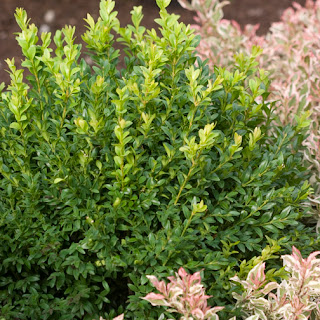Traveling to the Czech Republic to look for plants has been on my radar for a number of years. It has a temperate continental climate not all that different from that of the Mid-West United States. In addition they have a long history and appreciation for ornamental gardening. Yet every time I had planned a trip in the past, I had to cancel it. This summer it finally happened, and here is a visual summary of our trip.
Our first stop was Prague, the capital and largest city in the Czech Republic. Prague is a beautiful mid-evil town and as it turns out the home of an old college friend. So after a tour of the famous Charles Bridge we met my friend in the town center for a cold Pils beer.
Beer is another reason to get to the Czech Republic. As many of you well know I appreciate a good brew, so traveling to Bohemia, the home of the Pilsner, is like traveling to Mecca only better.
It took me a bit of time and effort, but I did it. I found the best beer in Bohemia. This unfiltered, unpasteurized Gambrinus was mighty tasty. I highly recommend it to anyone that does not appreciate the high fructose corn syrup beverages so cleverly marketed as beer State-side.
As far as finding new plants, we found a few. The Czech Republic is well known for it's conifer collectors and conifer nurseries and we visited quite a few.
This particular grower was well known for sowing and growing witches broom seed, so just about every plant in his garden was a unique individual.
The Czech Republic is a beautiful and picturesque country and the people are very friendly. After one of our nursery visits our host took us to a scared monastery a top this small mountain. My understanding is that Pilgrims climb the mountain to better appreciate the suffering of Christ. We took a van.
It's also my upstanding that the Czech people are allowed to ferment and distill a certain amount of plum brandy. And while I can attest that it's very strong, I was told it keeps you very healthy. The man that shared this bottle with us told us his mom drank it every day and lived to the ripe old age of 52. (Just kidding) She lived a very happy life to 100.
As I said before everyone was so friendly. Everyone we met shared their plum wine and wished us a long and healthy life.
There also appears to be a strong interest in rock gardening in the Czech Republic. We were fortunate enough to visit several beautiful, hillside rock gardens. One of the nurseries we visited hybridizes and selects new rock garden plants like this beautiful Lewisia seen here.
Believe it or not we drank more than beer and plum brandy in the Czech Republic. One of our hosts made this delicious elder flower lime water. It was wonderfully refreshing.
The food was also delicious. One of my favorites was the garlic soup. Yum!
One thing that caught my eye while traveling was common use of Parthenocissus quinquefolia, our native American Virginia-creeper. It is a real easy way to create a green wall (or a red wall) without any complicated infrastructure.
The invention of the GPS has made our trips so much easier than they were just a few years ago. I highly recommend one that pronounces the street names. Notice the name of the street we're on and note that Dale seems to be veering off the road a bit. He must be passing someone.
As for my trip (and for this blog post), all good things must come to an end. We had a wonderful trip to the Czech Republic. I am sorry (not really) if you were expecting me to write more about plants. But if you had taken the time to read my bio you would have learned that this blog is about plants, people, the places I visit and the food and drink I discover along the way. Thanks for coming along.
Goodbye!














































.jpg)

















